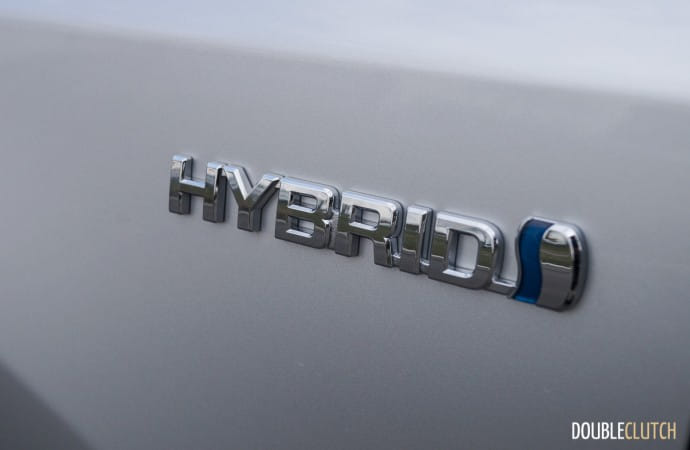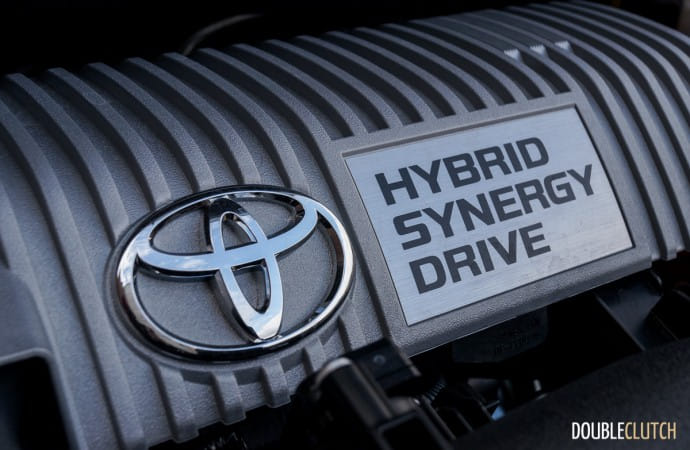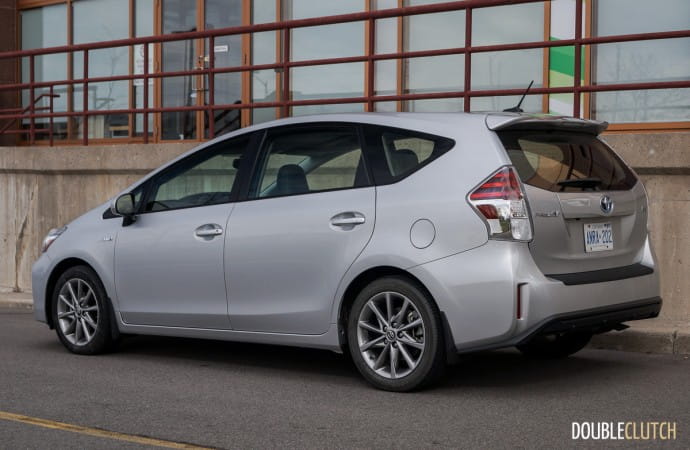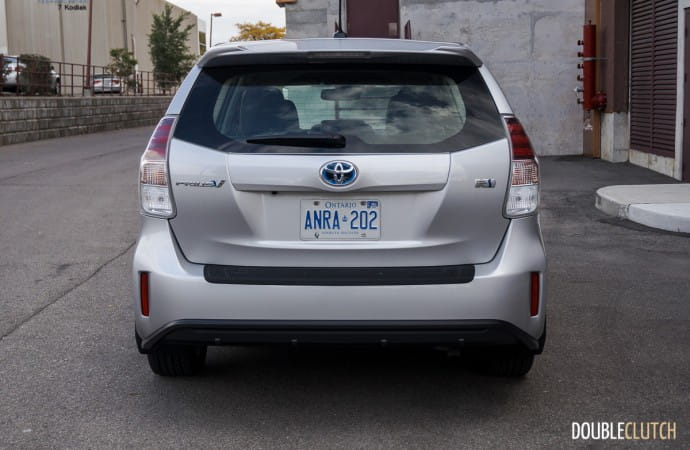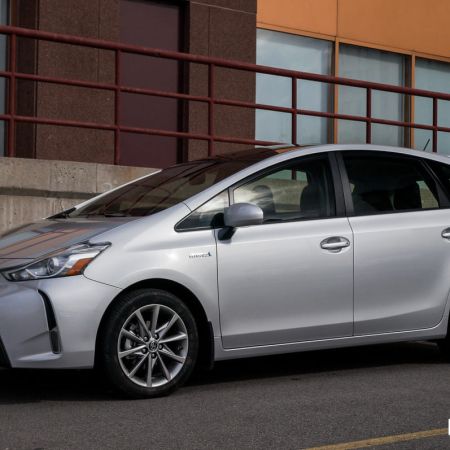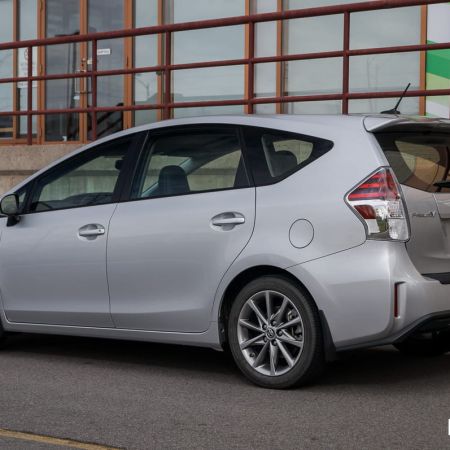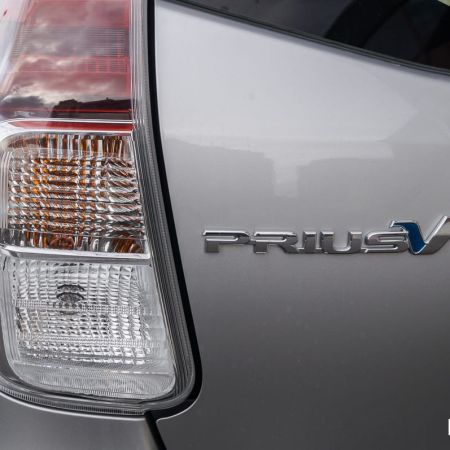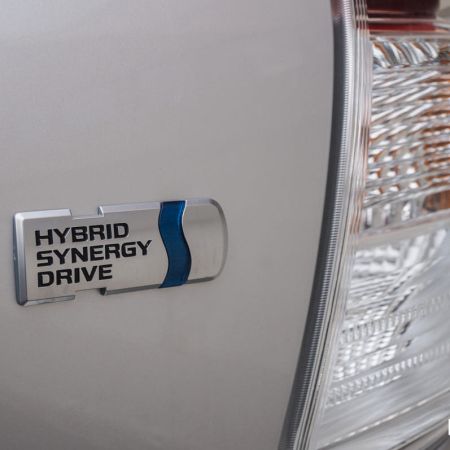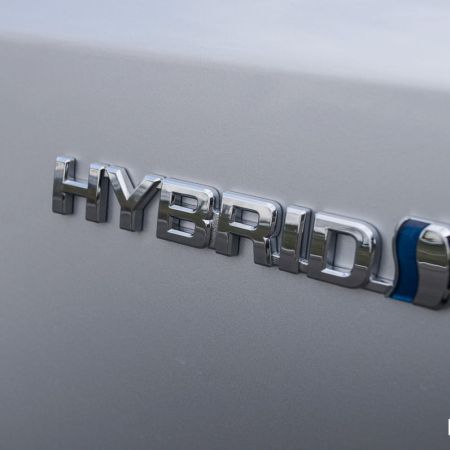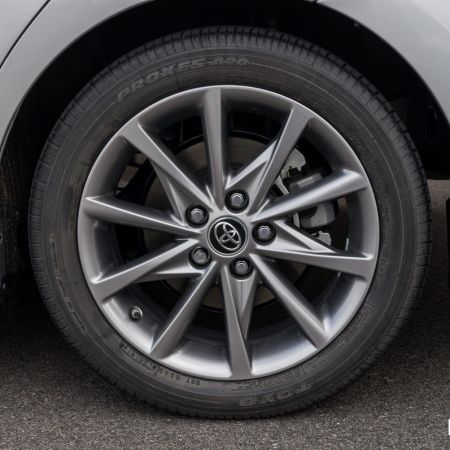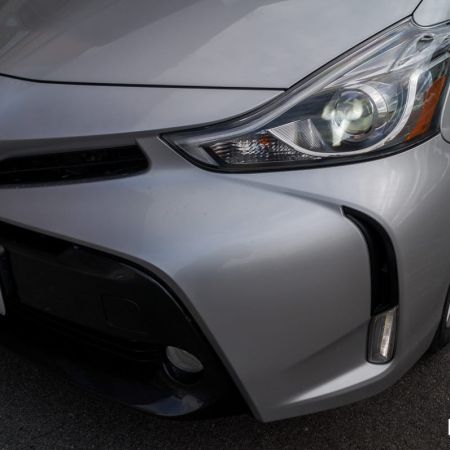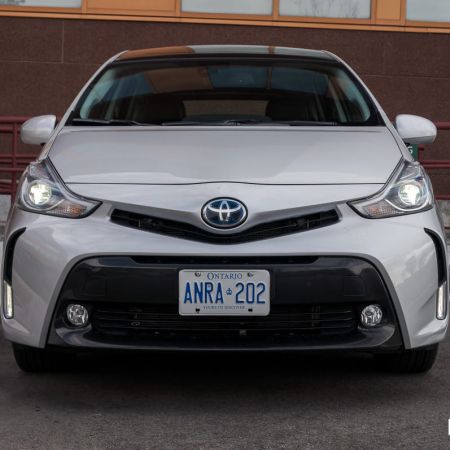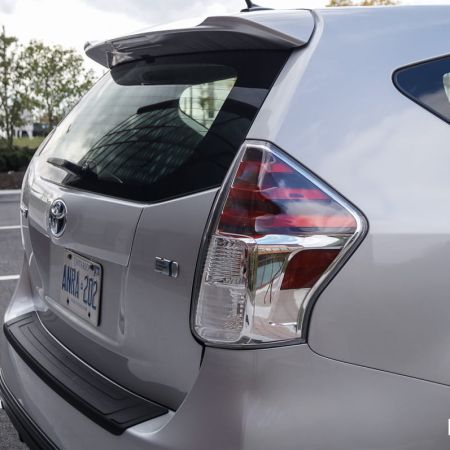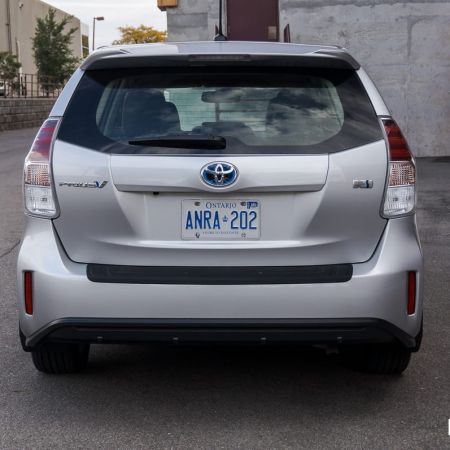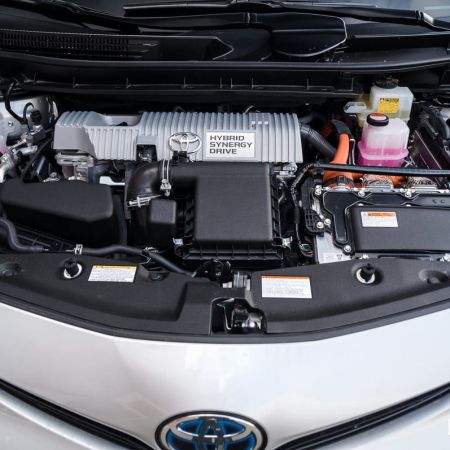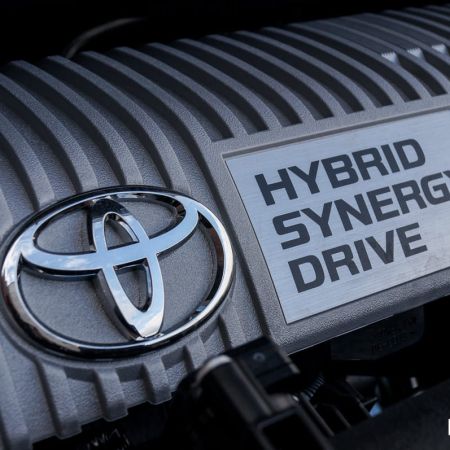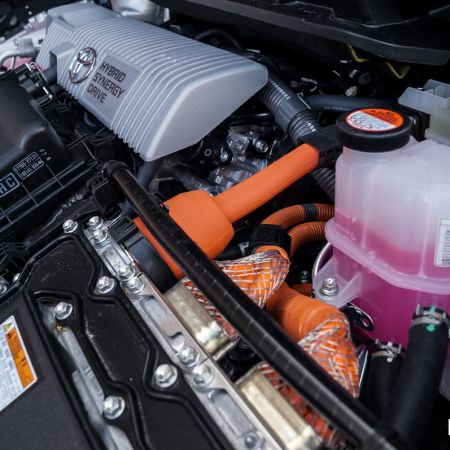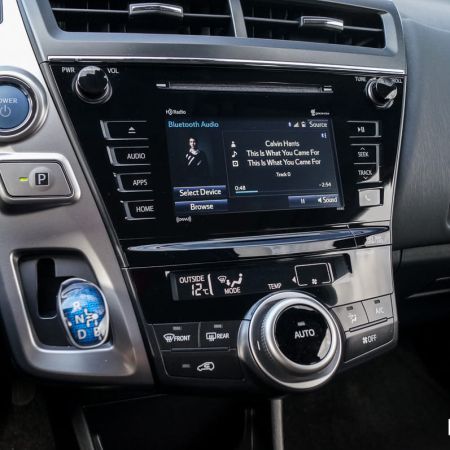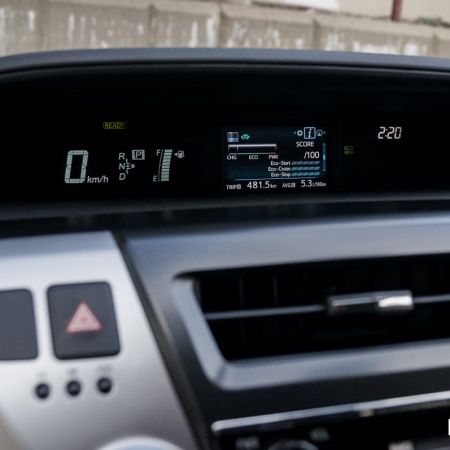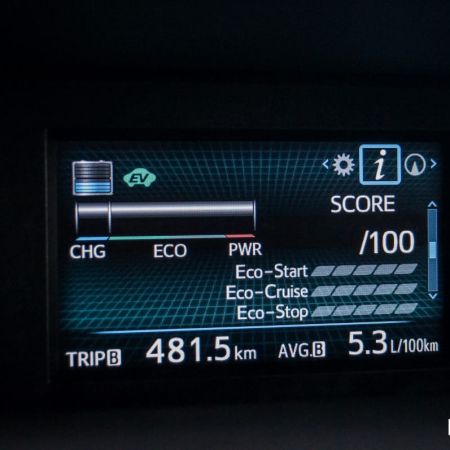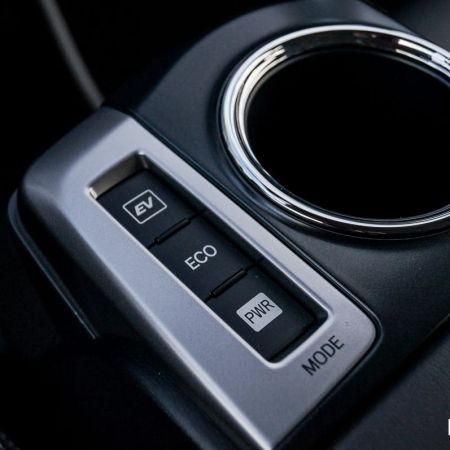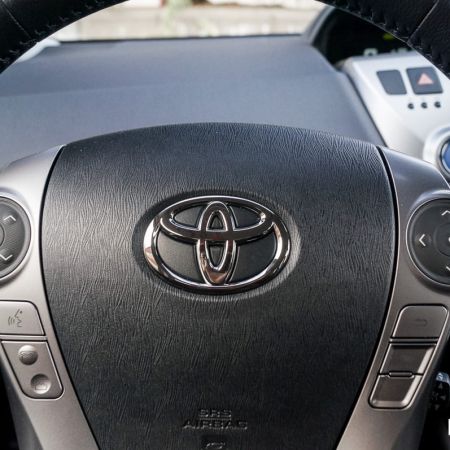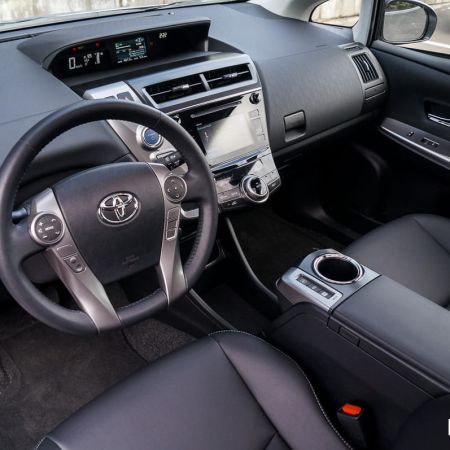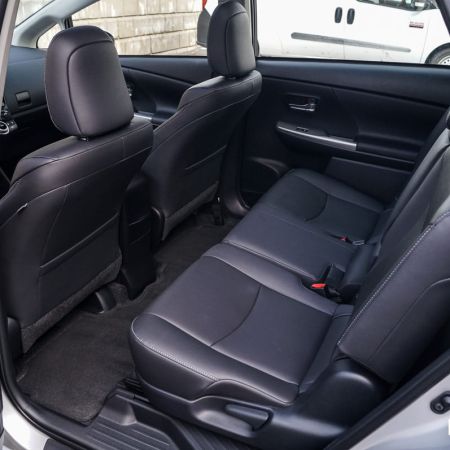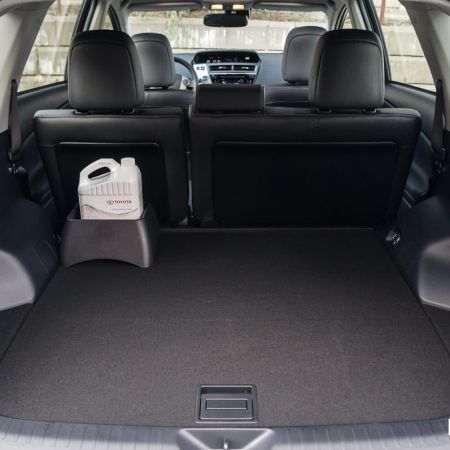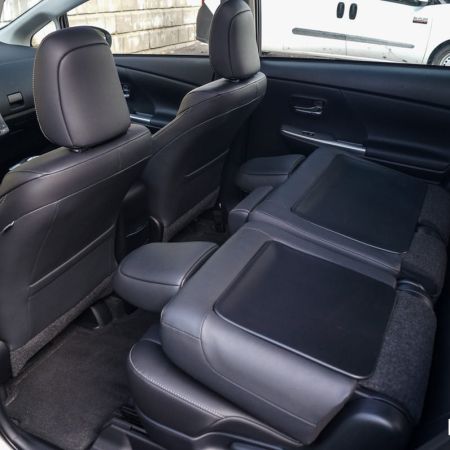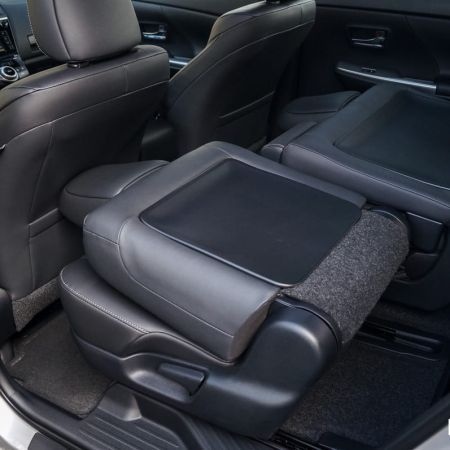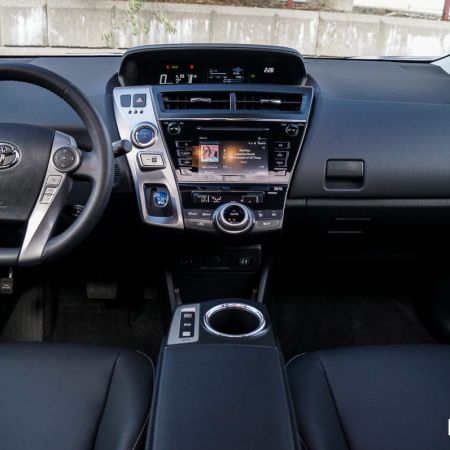When purchasing a family car, fuel economy is at the forefront of most peoples’ minds. Fuel costs should make the smallest hit to the pocketbook as much as possible, and utility, features, and comfort should be maximized. It’s a classic formula that has given Toyota a ton of success over the years with products like the Corolla and Camry. When the first-generation Prius came onto the scene in 2001, it was the beginning of a revolution in the automotive industry: gasoline-electric hybrids established themselves as a major player, and were able to demonstrate unprecedented fuel economy results while minimizing tailpipe emissions and maintenance costs. Best of all, they’ve remained rock solid reliable over the years and have also seen great success in commercial and taxi fleets across the continent.
Fast forward to the present day, and there are three different choices in the Prius family, in addition to hybrid options for Camry, RAV4 (reviewed here), and Highlander. For 2016, the regular Prius is all-new, and delivers the latest and greatest in battery technology in a more refined package that is one of the best engineered products on the road today – if you can get over the quirky styling. There’s also the subcompact Prius c, which offers the same excellent fuel economy, but in a small, urban, and value-oriented package. For those who need maximum cargo and passenger cabin space, the 2017 Toyota Prius v aims to fill that niche. Built in the conventional five-door station wagon format, it has more cargo space than the regular Prius and will be able to swallow up just about anything you can throw into it.
Packing the punch under the hood of the Prius v is a 1.8-litre Atkinson cycle four cylinder gasoline engine making 136 total system horsepower when paired with the electric motor. Known as Hybrid Synergy Drive, it’s the same system as what’s used in the previous generation Prius, since the Prius v has yet to be updated to the new chassis released in 2016. The v isn’t about to win any drag races, but still gets up to highway speeds with some extra throttle application and some coarser engine noise. A continuously variable transmission does duty for controlling both the gasoline and electric motors, and seamlessly balances the two as needed. Once cruising velocity is achieved, the Prius settles down, only perking up for hills and passing.
When pushing down the brake pedal, regenerative braking is used – that is, instead of conventional pads and rotors using friction to slow the car down, the electric motor itself is used and the kinetic energy is recovered and stored in the battery. When necessary, the gas engine is also capable of charging the battery; no plugging in is required, nor is it even possible. During excessively hard stops or when at crawling speeds, the conventional brakes are still used. This means that Prius owners can enjoy excellent pad and rotor life, since the hydraulic brake system is so seldom used. Upwards of 100,000 – or even 200,000 – kilometres may be achievable on one set of pads and rotors (your mileage may vary). As another added perk, electric power steering, electric air conditioning, and the lack of an alternator have allowed Toyota to do away with serpentine and accessory belts, taking one extra maintenance item off the list.
When it comes to fuel economy, the Prius v is rated for 5.5 L/100km in the city and 6.0 L/100km on the highway. While conventional cars consume less fuel on the highway, a hybrid shines in the city, as it’s an environment that takes full advantage of the electric motor and regenerative braking. There’s no tachometer, but drivers can keep an eye on the power mix with a moving bar indicator that displays the power output. In mixed driving, observed fuel economy over a full week on test beat out both city and highway ratings, with the Prius v returning an impressive 5.3 L/100km. To achieve this number, it’s not necessary to drive excessively slow or use advanced hypermiling techniques, but a smooth right foot and careful attention to the hybrid system’s status goes a long way.
When accelerating in the city, best results come from getting up to the speed limit a little briskly, followed by lifting off the accelerator. This lets the gasoline engine shut off, and cruising at steady speed on electric power alone will consume no fuel. On the highway, building up more speed on downhill sections will allow the Prius to more easily climb other inclines lying ahead. Of course, traffic patterns dictate what you can and cannot do safely, but smart drivers will reap the dividends of improved fuel economy. To make way for the battery pack, the Prius has a pretty small fuel 45-litre fuel tank, but thankfully, range is still a strong point since you’re not consuming much gas at all.
Even crazier, if or when Toyota updates the Prius v with the latest Prius’ updated powertrain, fuel consumption better than 5.0 L/100km won’t be out of the question. In fact, the new 2016 Toyota Prius (reviewed here) returned an observed 3.8 L/100km. One minor caveat, though – both the Prius and the Prius v were tested in the spring and fall, respectively. Without the need to run heating or air conditioning, the gasoline engine can stay off for longer periods of time. Expect real world economy to suffer a bit in the peak of winter and summer.
In the passenger cabin, the Prius v on test had excellent fit and finish, consistent with Toyota interiors since the beginning of time. The design is simple and can’t quite be seen as elegant, but it gets the job done, with a good seating position and ergonomics. The automatic heating and air conditioning controls can be a bit confusing at first, with a single dial being used to scroll between each control parameter. The multimedia system continues the simple but good trend, with intuitive menus and easy access to full functionality when it comes to satellite radio, Bluetooth audio streaming, and navigation. In terms of seat comfort, rear seat passengers should have no problem stretching out, and both the bottoms and backs are adjustable. Regardless of whether folded down flat or left upright, the Prius v will be able to accommodate more cargo than most small crossovers while also having more legroom.
On the road, the Prius v driving experience is fairly vanilla. Steering input is light and feedback is minimal. Turn-in response isn’t too bad, but it becomes evident quickly that the v is tuned more for comfort and cheapness than performance. Even with an aerodynamic shape designed to cut through the air, wind noise is still evident, and road noise through the tires gives an almost gritty feel to the ride quality. This is likely due to the lack of sound insulation in order to keep weight down.The suspension is of a simple specification, with MacPherson struts up front and a torsion beam out back. Ride quality is somewhere in the middle of the road, with some secondary motions and underdamping that seems to be a characteristic of non-sporty Japanese cars. To be fair, those who purchase a Prius v aren’t likely to be looking for a pure performance machine, and its real world handling will suit most drivers just fine.
With a base price of $28,875, the 2017 Toyota Prius v represents a reasonably good value for a family car that is frugal at its fuel consumption. Options on the test vehicle included a $5,985 Technology Package, which adds navigation, SofTex synthetic leather seats, adaptive cruise control, lane departure alert, LED headlamps, 17-inch alloy wheels, as well as a lightweight resin panoramic sunroof. While it’s an expensive package, it does add a lot of bells and whistles that make the Prius v a better car to drive and be driven in. Another vehicle to consider would be the Toyota RAV4 hybrid, which offers a larger engine and a true crossover form factor, sacrificing some fuel economy in the process. For conventional gas powertrains, the Volkswagen Golf Sportwagen lineup is another good choice to be cross-shopped.
Although refreshed for 2015, it’s due for a new design, but with the market shifting to the crossover, the Prius v becomes a bit of an endangered species. It wouldn’t be a surprise if the v secedes to the RAV4 as the go-to hybrid hatchback in the Toyota lineup. Like the 2016 Prius, the current iteration of the five-door v does have some quirky styling. If it doesn’t rub you the wrong way, it’ll be a well-engineered, useful and dependable vehicle that won’t let you down for many years and kilometres worth of use.

